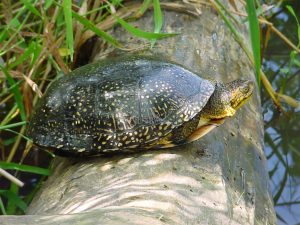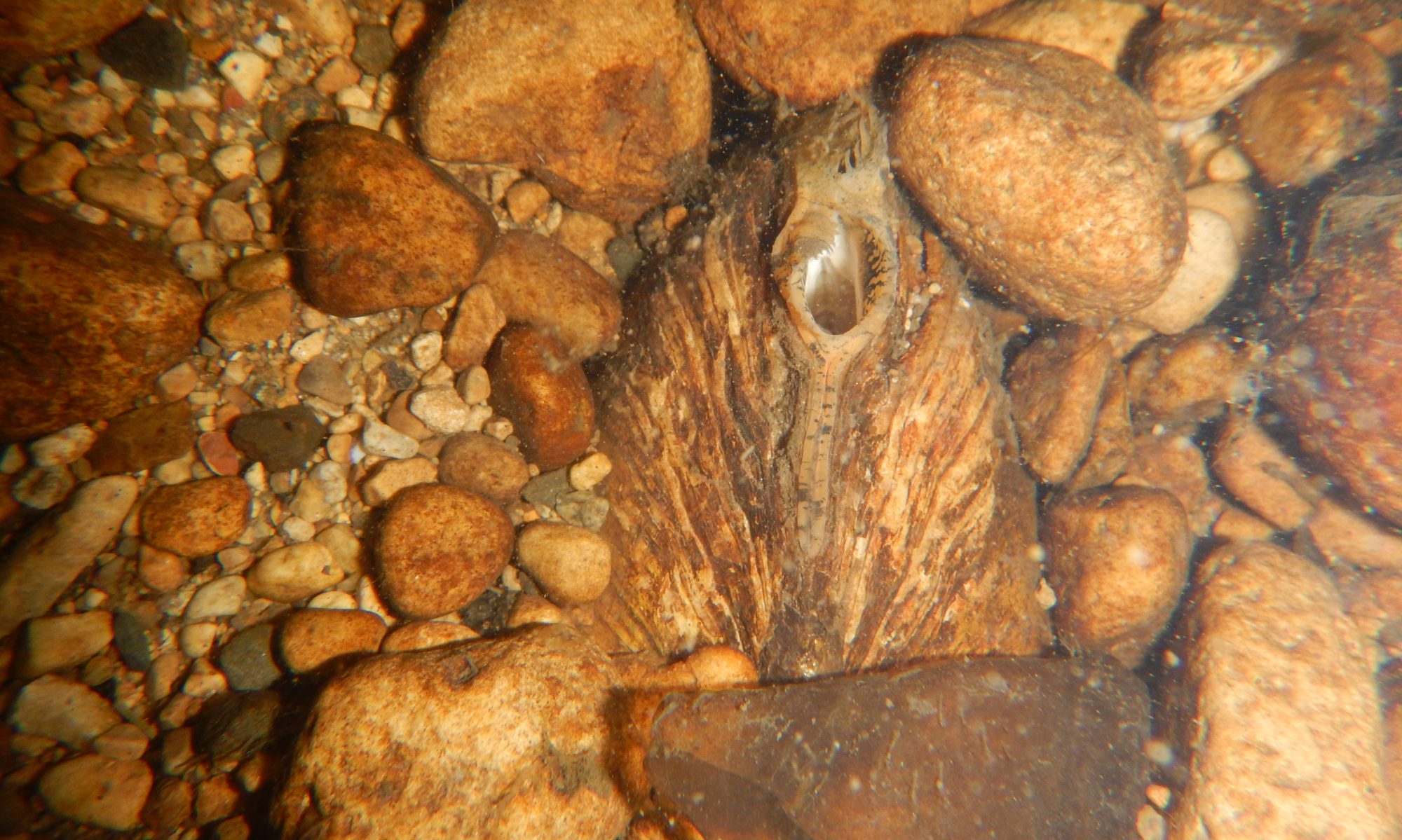 The objective of the Urban Biotic Assessment Program (UBAP) is to provide the Illinois Tollway with the ecological expertise needed to effectively and efficiently comply with state and federal environmental regulations, while also preserving habitats and species native to the Chicago Metropolitan Area.
The objective of the Urban Biotic Assessment Program (UBAP) is to provide the Illinois Tollway with the ecological expertise needed to effectively and efficiently comply with state and federal environmental regulations, while also preserving habitats and species native to the Chicago Metropolitan Area.

INHS began its partnership with the Tollway in 2005, monitoring the endangered Blanding’s Turtle populations affected by the construction of the I355 extension.
This partnership has expanded and enables UBAP researchers to study the habitats and species of the Chicagoland area, and the challenges they face. Learn more about our research.
Download our report of activities from 2015-2020
UBAP lead and ornithologist Anastasia Rahlin has had an exciting morning conducting bird surveys in northern Illinois. Enjoy these shots of nesting Osprey and Bald Eagles!![]() #Eagles #ospreys #birds #birdsofprey #research #fieldwork
#Eagles #ospreys #birds #birdsofprey #research #fieldwork
Bumblebee queens are hard at work this spring pollinating our beautiful spring ephemerals! Queen bumblebees play a crucial role in maintaining biodiversity and supporting food production. By pollinating a wide variety of plants, they help sustain ecosystems and provide essential resources for wildlife and humans alike. Their diligent efforts ensure a vibrant and thriving ecosystem, making springtime even more delightful!![]()
![]() Did you know that bumblebee queens are the sole survivors of their colony over the winter and play a vital role in starting new colonies? As they collect nectar and pollen, they're not just fueling their own bodies but also ensuring the survival of future generations of bumblebees. 🐝
Did you know that bumblebee queens are the sole survivors of their colony over the winter and play a vital role in starting new colonies? As they collect nectar and pollen, they're not just fueling their own bodies but also ensuring the survival of future generations of bumblebees. 🐝
Ever wonder how many turtles are missed when turtle trapping? This morning, we watched this turle swim around the turtle trap for several minutes hoping it would make its way inside. Graduate student Chitra Basyal wants to use wildlife cams to monitor different aspects of turtle behavior, including how many come near the baited traps but don't go in.![]()
![]() Japan House at the University of Illinois
Japan House at the University of Illinois ![]() #turtles #research #NRES #FieldworkFriday #japanhouse
#turtles #research #NRES #FieldworkFriday #japanhouse
Congratulations to Sarah Douglass, who heads up the Freshwater Mollusk Ecology and Conservation Lab. As we shared last month, Sarah was the recipient of one of the 16 Chancellor's Staff Excellence Awards. We are so proud and honored to work alongside her!
All of our herpetology crews are in the field today! Enjoy this happy female Eastern Box Turtle. Are you in the field today? Please share what you are up to.
